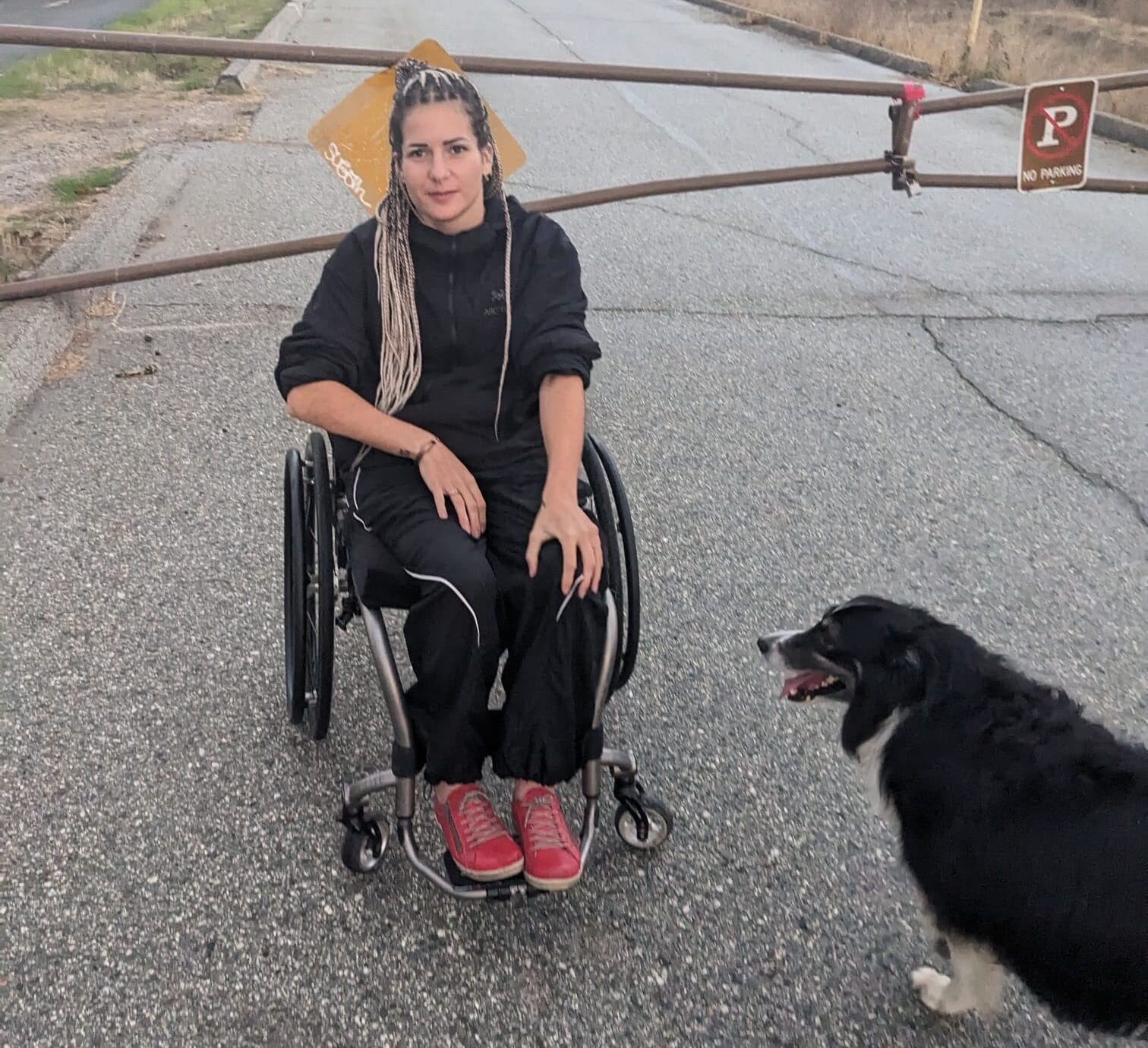
For people with disabilities, traveling the high seas isn’t always smooth sailing. But informing yourself and coordinating trip details in advance can help ensure that your relaxing getaway is more “Ooooh” and than “Ahhhhhh!?!” We asked Accessible Travel Specialist and avid traveler Tarita Davencock to share her essential checklist for booking an accessible cruise.
1. Seek out the newest ships.
While some cruise lines have retrofitted older vessels with accessible features, newer ships are more likely to have built accessibility into the design to ensure all guests can enjoy their vacation. These ships will typically have ramps to access all areas of the boat, doors that open with a touch button, “roll-in” showers, and a pool or whirlpool lift to assist those who want to enjoy a cool dip. We will help you choose the right cruise line along with the perfect itinerary!
2. Pick up a special needs brochure.
Cruise lines typically publish special needs brochures and there are also many more online. They are an excellent source of finding out what services are available on-board for your comfort. For example, Norwegian Cruise Line’s information says it has accessibility coordinators, accepts children with special needs, and assists vision-impaired or blind guests with Braille/tactile signage and much more.
3. Arrange an alert kit.
For those travellers with hearing impairments a visual/tactile alert kit could be quite handy. It can be activated if an alarm or smoke detector siren sounds, and can also indicate a steward knocking at the door. Some lines have a teletypewriter that can be hooked up to the ship’s phone system.
4. Grab some assistance getting your equipment rental in advance.
Some ships may have a limited number of wheelchairs or other equipment available for loan or rental to guests. So, if you absolutely need a wheelchair, oxygen concentrator or anything other equipment, we encourage you to find a travel agent who can ensure your trip is as stress-free as possible!
5. Consider the distance traveled on big ships.
Mega-ships can require covering long distances to get to the different dining and entertainment options while on-board. Consider which equipment you will need to arrange to meet you on the ship so you can be sure to enjoy all the cruise has to offer! Pricing is usually based on the equipment chosen, the cruise home port and the cruise length; this will allow you the freedom to tour the ship on your own.
6. Check service dog requirements.
For those with vision problems, we suggest that you book early and ensure that you inform the travel agent that you’re traveling with a service dog so they can tell the cruise line; some may limit the number on any one cruise. Your travel agent will confirm what documentation is required, such as proof of service dog certification or vaccination papers. Lastly, they will check whether foreign authorities will allow your service dog to go ashore in ports so that you aren’t stuck without the assistance you need.
7. Collect information regarding the ship and docking.
If you are booked on an intensive itinerary, make sure you check to see where the ship will be docking. Look for itineraries in which the ship will “dock” at a pier, providing easier access for wheelchair guests than if the ship must “tender” guests ashore — essentially taking them in small lifeboats. Does the cruise line permit a motorized wheelchair or scooter in a tender? If so, are there any weight restrictions? These are all things you should know before boarding!
8. Research excursion getaways.
One of the best things about traveling to a foreign country is the excursions! Does the cruise line offer any shore trips on wheelchair-accessible motor coaches? Are attractions in a destination wheelchair friendly? To enjoy touring ashore, pick the right itinerary. Not all foreign destinations have accessibility type requirements. While some cities like Stockholm, Sweden, are highly accessible, others aren’t. Ancient or medieval destinations often have uneven pavements, cobblestones, no ramps and ancient staircases or small hills to climb. The world is becoming much more accessible; The Roman Coliseum has a modern elevator for access to its upper level!
9. Book early.
Cruise lines set aside a selection of accessible staterooms and, at times, suites.. Booking very early will provide the best choice of accommodations.
10. Pick a travel agency that can meet your needs.
Traveling is supposed to be fun and it’s important that you find a travel agency that is willing to meet your needs and ensure your vacation is seamless. Cruise lines are always designing and/or upgrading their ships to add accessibility features, and crew members are typically eager to serve and assist. I highly recommend you reach out to me, Tarita Davenock. As someone who has multiple sclerosis, I understand that travel should be inclusive not exclusive and will do anything I can to make sure your vacation is exactly what you want. If you need help booking a cruise or getting your documents and rentals in order, you can visit my website at travel-for-all.com where a portion of the proceeds from every cruise booked supports SCI BC programs and services.
Need help booking your next cruise or getting your documents and rentals in order? Visit Travel for All at travel-for-all.com where a portion of the proceeds from each cruise booked goes right back to SCI BC programs and services!
Want to read more advice about how to get the most out of your vacation? Read our Spring 2016 issue of The Spin magazine for more travel tips from our SCI BC Peers!
Just because you have a physical disability, it doesn’t mean your travel days are over. You just have to be prepared for the unexpected and plan things a little bit differently. For more tricks and tips visit our Accessible Travel Page.



